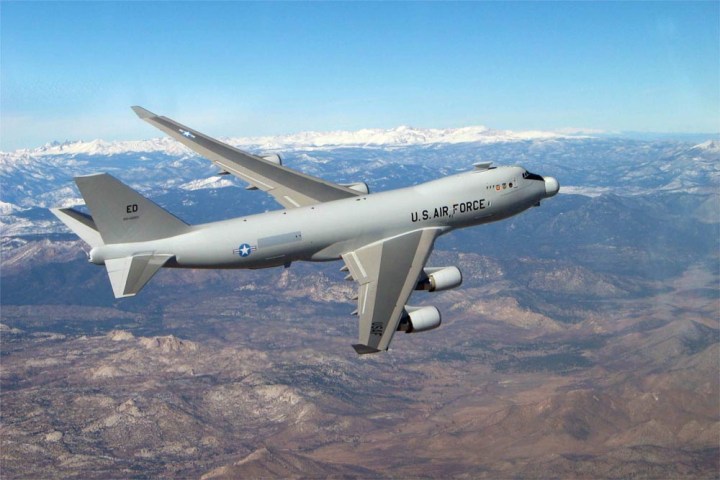
Despite the fact the Air Force’s Boeing 747 boasted a mounted chemical laser capable of destroying ballistic missiles, in practice, it wasn’t all that effective. Then-Secretary of Defense Robert Gates (the man who cancelled the program in 2011) stated in a House Appropriations hearing in 2009 that any mounted laser would need to be “20 or 30 times more powerful than the chemical laser” to give the craft the ability to “get any distance from the launch site to fire.”

He continued by pointing out that downing an Iranian ballistic missile during its boost phase with the 747 would require the craft to operate inside Iran’s border. Moreover, a full-blown operation using the tech would feasibly require anywhere from 10 to 20 laser-equipped 747s, each costing roughly $500 million to build, and $100 million to maintain annually. Gates hammered the point home by acknowledging that “there’s nobody in uniform that I know who believes that this is a workable concept.” Even people out of uniform would likely see this as a system destined to fail.
So as chemical laser tech sits in an Air Force “boneyard,” it’s the MDA’s Director Vice Admiral James Syring who feels solid state laser technology has advanced enough to begin heavily considering its military benefit. Syring’s plan, for starters, removes the reliance of a manned aircraft (the 747) in favor of an efficient, unmanned aerial system designed specifically to fly at altitudes of roughly 65,000 feet or higher. As mentioned above, these aircraft would operate for weeks at a time while consistently monitoring launch sites, always at the ready to disable a ballistic missile should the opportunity arise.
Defense One reports that Syring commented on prior laser programs at an event in Washington saying, “it proved that this concept could work. It proved that, given enough power, given enough beam quality, given enough altitude, intercept of a ballistic missile … [at a] wide variety of ranges would theoretically be possible.”
Moving forward, the MDA plans to assess the continued progression of laser tech over the next three years before officially manufacturing a long-range drone capable of carrying the laser. Though it’s unknown how many drones the MDA expects to build, if advancement proves advantageous, it’s possible that these unmanned, laser-equipped aircraft could begin undertaking anti-ballistic missile operations within a decade.


